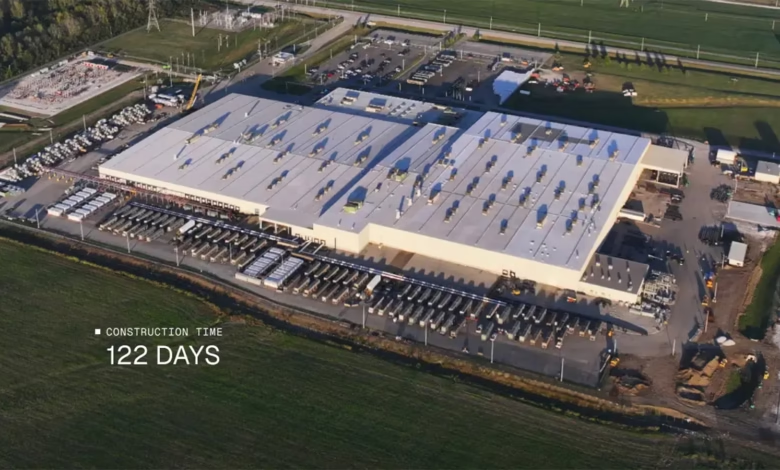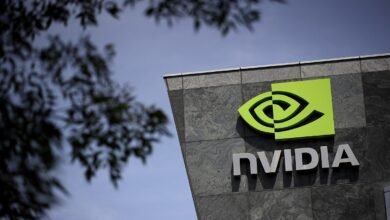Elon Musk’s xAI to Import Overseas Power Plant for Massive AI Data Center

▼ Summary
– Elon Musk’s xAI is planning new data centers housing millions of AI chips, requiring so much power that Musk reportedly bought an overseas power plant to ship to the U.S.
– xAI’s current Colossus supercomputer already uses 200,000 Nvidia GPUs and consumes 300 MW, facing significant power supply challenges.
– The next xAI data center, with one million GPUs, could consume 1.4–1.96 GW, equivalent to powering 1.9 million households.
– Natural gas power plants are the most practical solution for such high energy demands, as solar or nuclear options are either impractical or too slow to deploy.
– AI companies like xAI must secure massive energy supplies and build advanced data centers to stay competitive in the rapidly evolving AI industry.
Elon Musk’s ambitious xAI project is taking an unprecedented step to power its next-generation AI data centers by reportedly acquiring an overseas power plant and shipping it to the U.S. This move underscores the staggering energy demands of cutting-edge artificial intelligence infrastructure, which now rivals the electricity consumption of entire cities.
The current xAI supercomputer, Colossus, already operates at an astonishing scale, utilizing 200,000 Nvidia Hopper GPUs and consuming roughly 300 megawatts (MW) of power, equivalent to a small town. Yet, Musk’s plans for expansion dwarf even this colossal setup. The next facility is expected to house one million AI accelerators, likely Nvidia’s upcoming Blackwell GPUs, pushing power requirements to between 1.4 and 1.96 gigawatts (GW), enough to supply 1.9 million households.
Powering such a facility presents a monumental challenge. Traditional grid infrastructure can’t meet these demands alone, forcing xAI to explore unconventional solutions. While renewable energy sources like solar are part of the equation, their intermittent nature makes them impractical for round-the-clock AI workloads. Instead, natural gas-fired power plants offer a more immediate and scalable solution, capable of delivering the necessary gigawatt-scale output.
Reports suggest xAI is bypassing lengthy domestic permitting processes by purchasing a pre-built plant overseas and relocating it, an approach that highlights the urgency of securing energy for AI development. Nuclear power, though emission-free, remains a long-term option due to regulatory hurdles and decade-long construction timelines.
Beyond GPUs, cooling, networking, and power distribution inefficiencies add another 30-50% to total energy consumption, further complicating the logistics. To mitigate this, xAI may combine on-site power generation with grid connections, mirroring the setup at its existing Memphis facility, which already relies on 35 gas turbines and Tesla Megapacks for stability.
This strategy isn’t unique to xAI. Industry leaders like Google, Microsoft, and OpenAI are also racing to secure energy for their AI clusters, but Musk’s plan to import a power plant sets a new benchmark for scale and speed. As AI models grow exponentially, the battle for computational supremacy is increasingly becoming a battle for energy infrastructure, one that could reshape how data centers are powered in the future.
For now, the move signals that AI’s next frontier isn’t just hardware or algorithms, but the ability to harness unprecedented amounts of electricity. Whether through gas, nuclear, or future innovations, the industry’s trajectory hinges on solving the energy bottleneck, and xAI is betting big on brute-force solutions to stay ahead.
(Source: TOMSHARDWARE)





